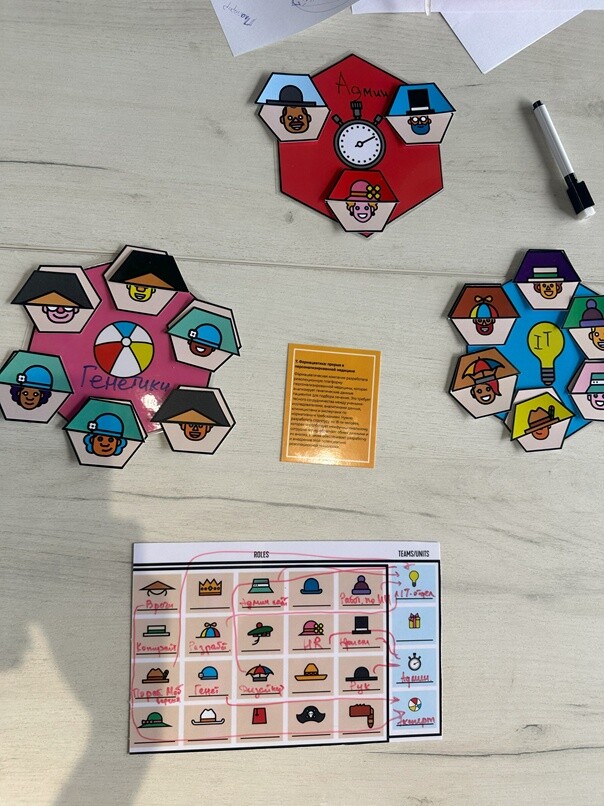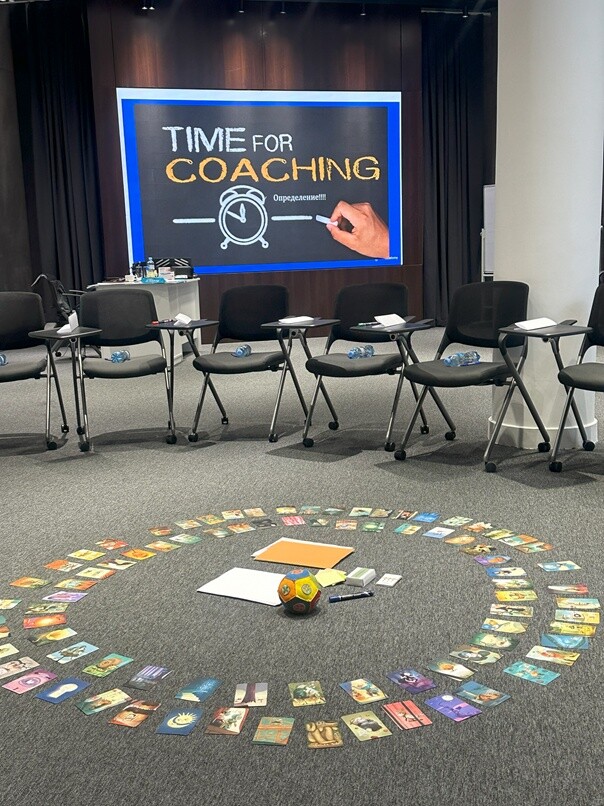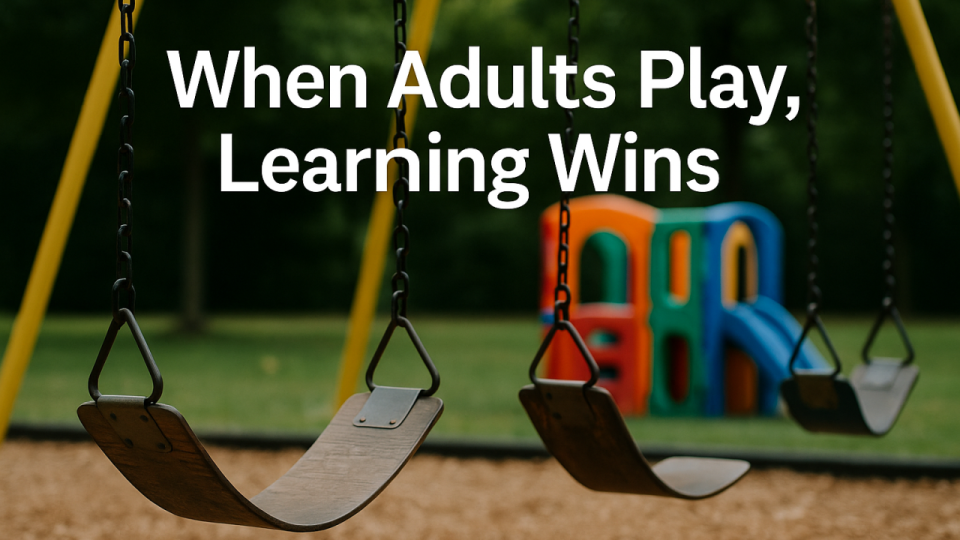There is one important thing about adults – we do not come to a training like fresh acquired notebooks. There are a lot of uploaded programs in our brains. We arrive with perceptual filters: our attention, our belief system and our mental folders. All inserted inside of the critical faculty, a mental gatekeeper who decides which ideas are safe to let in and which will be politely sent away for… further consideration (which means never).
From an NLP perspective this gatekeeper is great for daily life, because it keeps us from believing every rumor on the social media. But in a learning context it can be a bit of a stubborn gnome at the door of change.
These filters are not floating in a vacuum. They are reinforced by
- limiting beliefs (“I am not creative,” “I am bad with numbers”),
- by habits and routines (“We have always done it this way”)
- by fears, (of looking foolish, or failure, or changing something that feels safe).
And here is the clue: these barriers do not just sit in one place. They run through multiple layers of who we are – our environment, our behavior, our capabilities, our beliefs and sometimes even our sense of identity.

If you only try to change them at the surface by adding more information, then the deeper patterns remain untouched, like stubborn software running in the background. That is why in my programs, I create learning environments that engage thoughts, emotions and body together. When all three are active, the gatekeeper relaxes, the filters soften and participants start testing new ways of thinking and acting. Often without realizing they have already updated their “mental operating system.”
This is where my three pillars come in (not as random tools, but as a connected system designed to work on multiple levels at once):
- Deep business practice and literacy – real, messy, high-stakes business cases to anchor learning in the environment and behavior levels.
- Social and developmental psychology – understanding the mind across age, culture and social context, to trigger change at the capability and belief levels.
- Proven business-focused theories – the frameworks that help participants make meaning of what they have just experienced, strengthening change at the identity level.

And the bridge between these pillars? Of course gamification. Not the “points and badges” kind, but a deliberately designed mindset-changing tools. Play takes people back to a time when curiosity was natural, risk felt safe and nobody worried about “networking opportunities” and “show must go on”. In that space, perceptual filters relax, limiting beliefs look for coffee and “What if I fail?” becomes “What if I try?”.
I have seen this happen in executive boardrooms, with first-time managers and in multicultural teams who only met each other that morning. In simulations and role-based challenges, people do not just learn a concept, they experience it in real. And once your head, heart and hands are all in the game, the learning does not stay on a slide deck. It becomes part of you.
At its best, adult education is not about “here is important knowledge, please store it carefully”. It is about those important little moments when your perception shifts, your behavior changes and you find yourself doing something new without even trying.

And yes, it may feel like a game (sometimes with tears), because it is. But here is the recipe: in this game, the points do not disappear when you leave the room. They show up in your next meeting, your next decision, your next big move.
So… ready to play seriously? Good. I’ve already set up the board.
